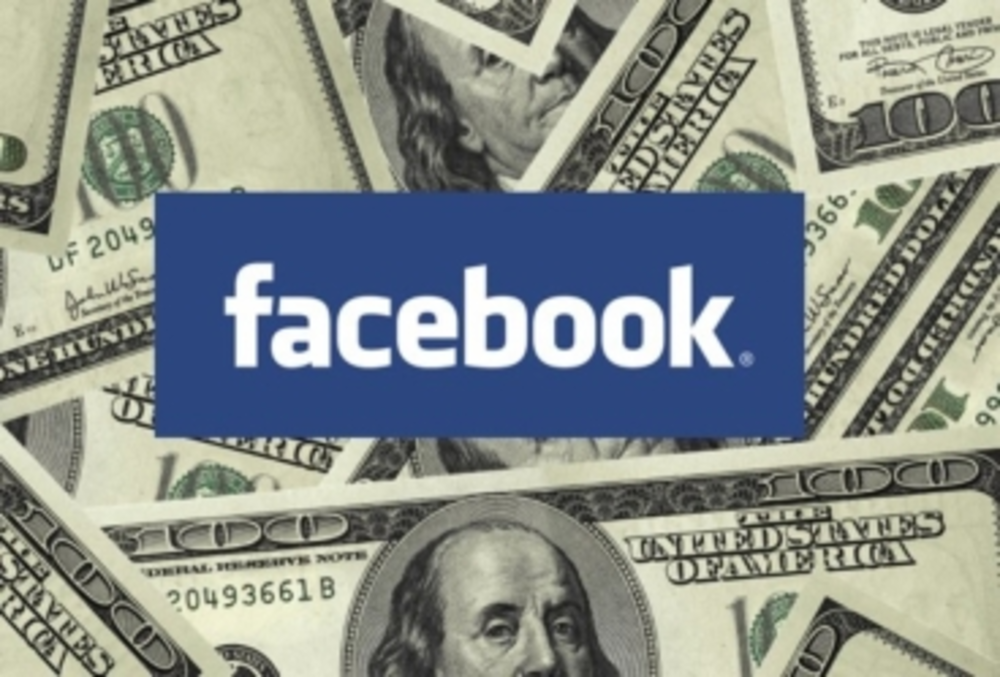Updated at 9:48 a.m. June 13, 2012
Despite recent debate as to the dubious viability of Facebook ads, a comScore report released on June 12 finds the contrary. The study states that brands that utilized Facebook’s paid media saw a definite increase in sales both in-store and online.
The report was released in conjunction with Facebook.
“Collecting fans has traditionally been the metric for success for many marketers, but that really is only the starting point for delivering earned media reach. The goal should be to leverage your brand fan base to be able to deliver maximum reach, achieve brand resonance and hopefully influence consumers to engage with the brand,” says Carmela Aquino, Senior Marketing Manager of Comscore.
“For too long, brands’ focus on fan acquisition as a primary indicator of success has ignored the ways in which social marketing actually works to achieve marketing objectives like reach, brand resonance and ultimately sales,” writes comScore’s VP of industry analysis Andrew Lipsman, in a blog post on the report, entitled The Power of Like 2: How Social Marketing Works.
Lipsman and Graham Mudd, head of measurement market development at Facebook, presented the report’s findings at the Advertising Research Foundation’s Audience Measurement 7.0 Conference on June 12 in New York City.
The question of whether social media marketing can deliver ROI is a big one. According to comScore, brands can use their Facebook pages as a sort of control panel for their social marketing to measure fan reach (exposure via the News Feed); engagement (fans interacting with brand page marketing content); and amplification (the viral delivery of content from fans to their friends). “Our research has provided some evidence that social media marketing can drive lifts in purchase behavior. We have noted lifts in visitation to brand sites from earned media impressions on Facebook in the past and we’ve observed both paid and earned media have an impact on online and in-store purchase behavior for brands,” Aquino states.
According to Lipsman in his post, the usual methods for measurement don’t apply to the Facebook model. For example, the viral impact of earned media on the friends of fans can be segregated by separating Facebook users into test and control groups. Lipsman pointed to the case of Starbucks, in which there was a statistically relevant increase in in-store purchases amongst fans and friends who were exposed to earned media on the site.
According to a Facebook spokesperson, “Success has been seen across multiple marketing campaigns from businesses who use Sponsored Stories, Premium Ads, and effective Facebook targeting to reach their intended audiences.”
Social media marketers should take note of their social media efforts, according to Aquino. “It will be interesting to see how social media becomes more integrated in marketing plans through the use of comparable metrics such as the social GRP. The goal of all this is really to further optimize the use of social media to reach brand fans and hopefully influence their engagement with brands down the road.”
ComScore’s study concerned only Facebook’s paid media and not those of other social media outlets, such as Twitter or Pinterest.
General Motors yanked its Facebook advertising just a few days before the social giant’s now notorious IPO.








